This may not be an ordinary blog post by Kasia, but as you know - our passion is to INFORM bueaties! Yeast infections are insidious, and with my health coaching experience, a MASS majority of woman have existing yeast levels that go un-addressed and are fed daily through our nutritional choices.
From periods to pantyliners, we reveal the hidden causes of these itchy and annoying infections.

Yeast grows naturally all over your body, but it especially loves dark, damp nooks and crannies, so it’s often found in fat folds, armpits and, of course, vaginas. “Wherever there is sugar or carbohydrates (which the body has), the yeast will feed on that.
It’s actually a myth (or a pipe dream) that we can stamp out the yeast forever. “We don’t ever entirely rid our bodies of yeast,” explains Dr. Booth. “What we do is we keep it in check.”
That’s done with probacteria, especially acidophilus, which creates an acidic environment that yeast doesn’t like. When acidophilus is running low or sugars are running high, the yeast gets a leg up and starts to multiply.
Three out of four women get at least one yeast infection in their lives; nearly half have two or more; and about five percent of women get four or more in a single year. “When it keeps coming back, it’s almost always that something is wrong with the [body’s] defense,” says Booth. “There’s not enough acidophilus, too much sugar or a resistant variety of yeast infection.”
Most women can tick off the well-known causes of yeast infections: antibiotics, douches, weak immune systems or tight clothes made from barely breathable fabrics. But there are other, hidden causes that can also be common culprits:
1. Your estrogen is low. When you go through puberty, estrogen plumps up your vaginal tissues using a starch known as glycogen. Yeast loves glycogen, and without estrogen, they’d be all over it. But fortunately for us, estrogen feeds acidophilus, keeping the yeast at bay. Right before your period, though, your estrogen levels dip, and while they’re low, the yeast starts to grow. Symptoms tend to crop up right before your period shows up, but estrogen spikes again post-period to help even the score. “A lot of women will say that they get symptoms right around their period that later go away,” notes Booth.
If you tend to get hormonal yeast infections, then in the week before your period, Booth suggests doubling up on probiotic supplements, avoiding sugar or extra carbs and eating more yogurt or unsweetened kefir (a liquid European yogurt with plenty of acidophilus). “I think prevention is best, rather than treatment,” says Booth. “We need to think of keeping ourselves in balance so we’re not symptomatic.”
2. You eat too much sugar. Remember Booth’s mantra: “Wherever there’s sugar, there’s yeast.” Blood sugar spikes mean that a lot of glucose is running around in your system, which is like a dinner invitation to yeast. Sweets are one culprit, but plenty of healthy-seeming diets can be sugary traps. Eating a lot of fruit, juice or high-carb foods can cause blood sugar spikes, especially in the morning when your blood sugar is low. “The kind of morning diet that causes a jump in blood sugar can stimulate the yeast to take over,” says Booth.
Adding coffee to a sugary breakfast just makes matters worse. The caffeine causes blood sugar to surge even faster, which makes for some really happy yeast. “When you combine caffeine with sugar, the yeast basically has a party and takes over,” says Booth. Instead, she recommends starting your day with plain yogurt sprinkled with almonds, cinnamon and a dash of vanilla extract. “Anything to stabilize blood sugar so as not to feed the yeast,” she says.
3. You wear pantyliners. If you don pantyliners to keep your undies pristine, your efforts are probably backfiring. “Pantyliners cause a low-grade irritation that can decrease the skin’s immunity,” explains Booth. “When our defenses go down, we get more symptomatic.” Yeast also loves environments with little air, so the synthetic fibers in pantyliners that block airflow make yeast feel right at home. Cotton panties with no liners are a much better bet. By the same token, scented or synthetic tampons can also irritate some women’s ultra-delicate tissue, so try an unscented, cotton tampon if you tend to get frequent infections.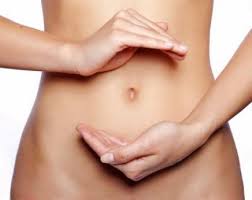
4. You have vaginal eczema. When we think of eczema’s scaly, itchy rashes, we usually think of it cropping up on our arms or legs, but it can show up on the vulva and vaginal tissues, too. “That causes chronic inflammation and irritation, so some people can develop yeast infections,” says Booth. If that’s the case, talk to your gynecologist about treating the vaginal eczema and the yeast issue should clear up.
5. You use spermicidal condoms. The active ingredient in most spermicides is nonoxynol-9, which is not the gentlest substance. “If the spermicide is irritating for the woman, then that will disturb her vaginal immunity and allow [yeast] to take advantage,” says Booth. That means spermicide creams, jellies, foams, gels, films and suppositories can all be problematic, along with diaphragms, which are usually paired with spermicidal creams, jelly or gels that can cause irritation. If you suspect that spermicide is behind your yeast infections, talk to your gynecologist about spermicide-free protection options.
Contact Kassandra for questions about how changes in diet and added supplements can help.
Reference: YouBeauty
Read more: http://www.youbeauty.com/health/four-hidden-causes-of-yeast-infections#ixzz2Qdp9DaoH




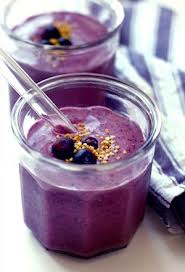


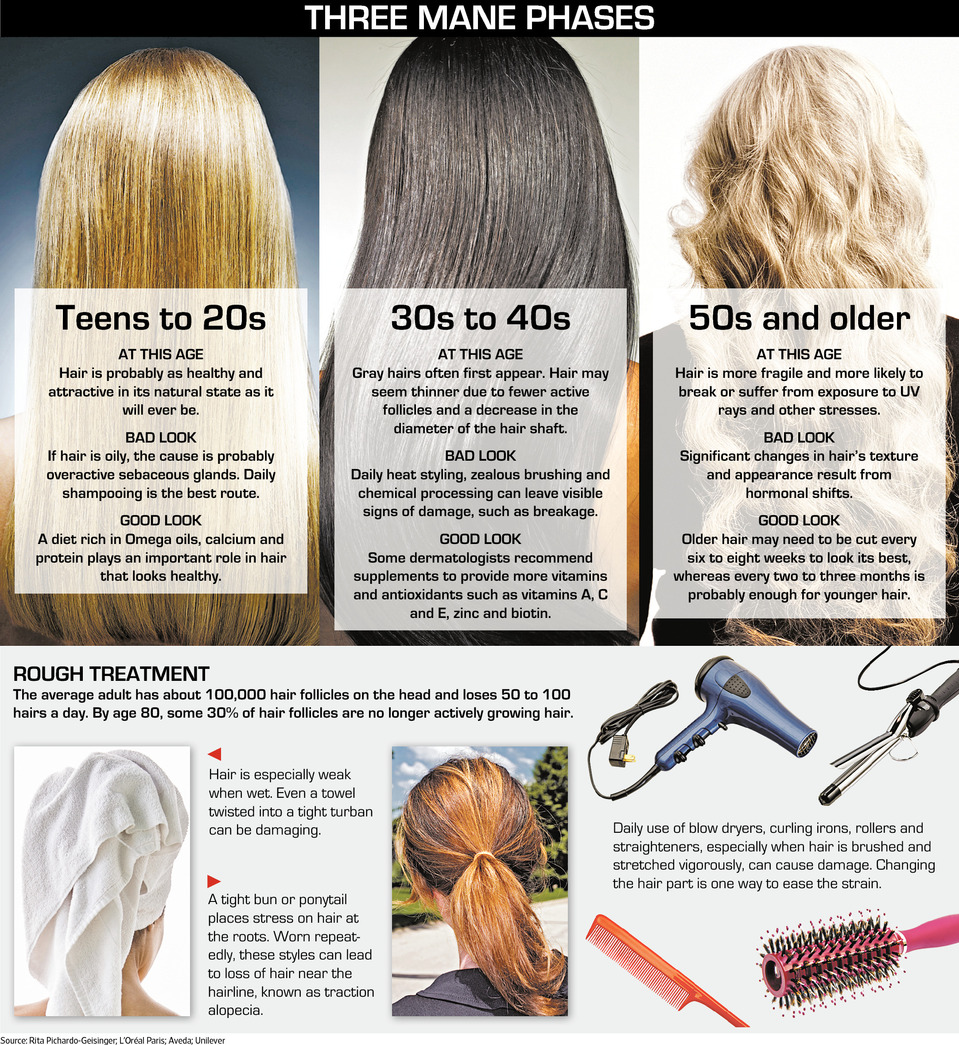
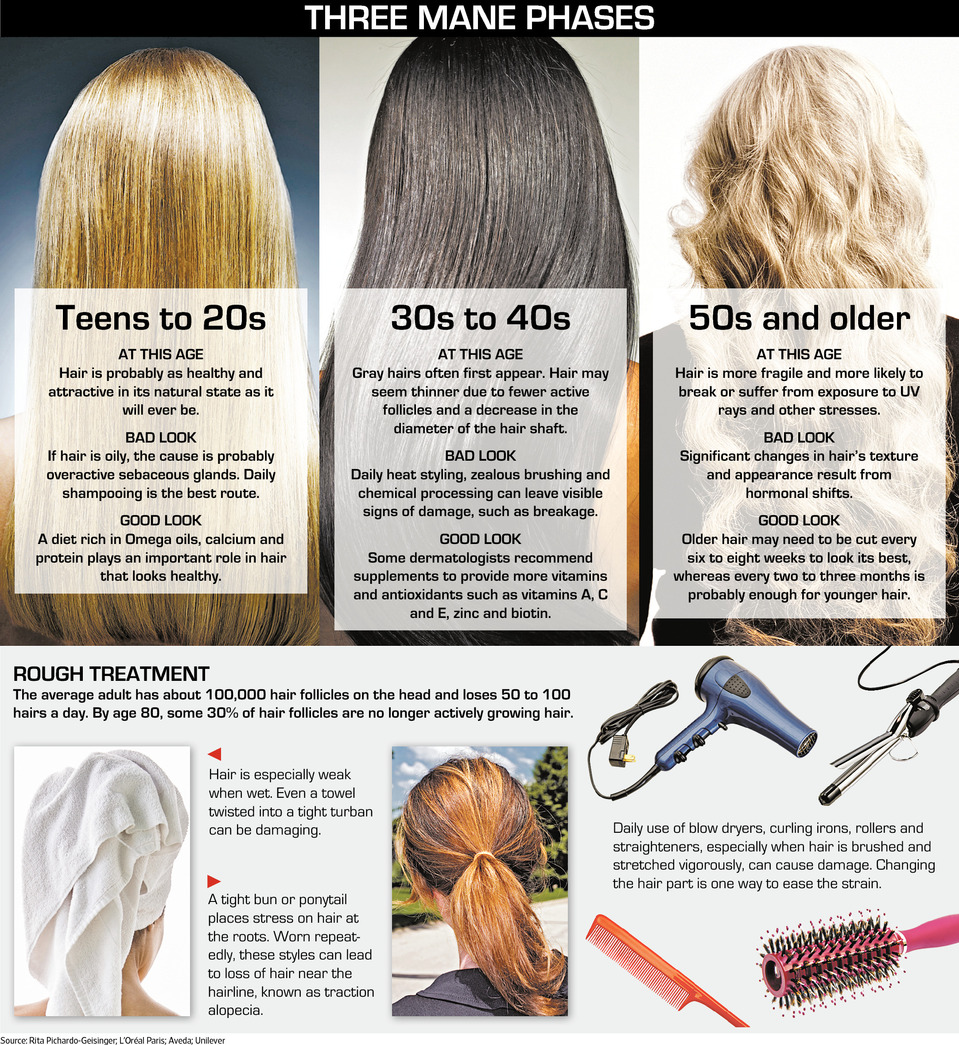
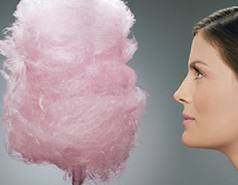






 irritants, allergens, hormone disruptors or carcinogens.
irritants, allergens, hormone disruptors or carcinogens.
